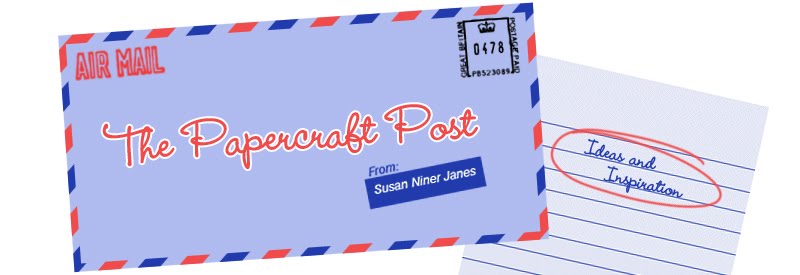By Mark Bolitho
Jacqui Small, May 2017
Paperback (includes pack of double-sided origami papers),
£14.99
UK/US $19.99/CAN 29.99
ISBN 978-1-911127-10-9
Star rating: *****
The publication of this delightful title just happens to
coincide serendipitously, with The RHS Chelsea Flower Show. We can all appreciate the horticultural
glories on display – but not all of us have green fingers (or thumbs, as the
case may be). Some of us express ourselves creatively by papercrafting – and The Origami Garden is an appropriate, perfectly-timed treat for us.
The book is being pitched as a mindfulness activity, origami
joining the mindfulness bandwagon – which, of course, any involving craft you can lose yourself in qualifies for. Calm
sounds good. And origami is much more mentally engaging than colouring!
So – what’s in the book? Splendid, fun, imaginative 3-D
designs, well thought out and made up in suitable papers (which are handily
provided inside back cover). The models are divided into four themed sections –
Seeds and Plants, Flowers, Fruit and
Vegetables, and Garden Life. So, plenty
of variety. There’s a Seedling in a Pot (including origami “soil”), Nuts in a Bowl, various
flower blossoms, a delightful pleated Palm Leaf, trendily genius flowering Cactus in a Pot, and
a cleverly constructed freestanding Pine Tree. There’s a Mushroom, Pear, and an appealingly puffy Tomato. A Butterfly,
Frog, Bird, and a perky Snail. Many of these projects would be suitable for
gift presentation – or as giftwrap embellishments.
Each project is star-system rated for complexity. Each is
accompanied by detailed step-by-step line drawings, including directional
arrows and indication of paper side. These are clearly accompanied by text.
The author, Mark Bolitho, has been a long-time member of the
British Origami Society, a former Chairman. Having retired from his day job, he
has forged an exciting second career as an origami creative. He is a prolific
origami author and design consultant.
Now that’s living the dream! Congrats.
Glad to hear that Mark Bolitho has more themed origami books
in the pipeline. I look forward to seeing them.
Note: I was supplied
with a review copy of this title.








